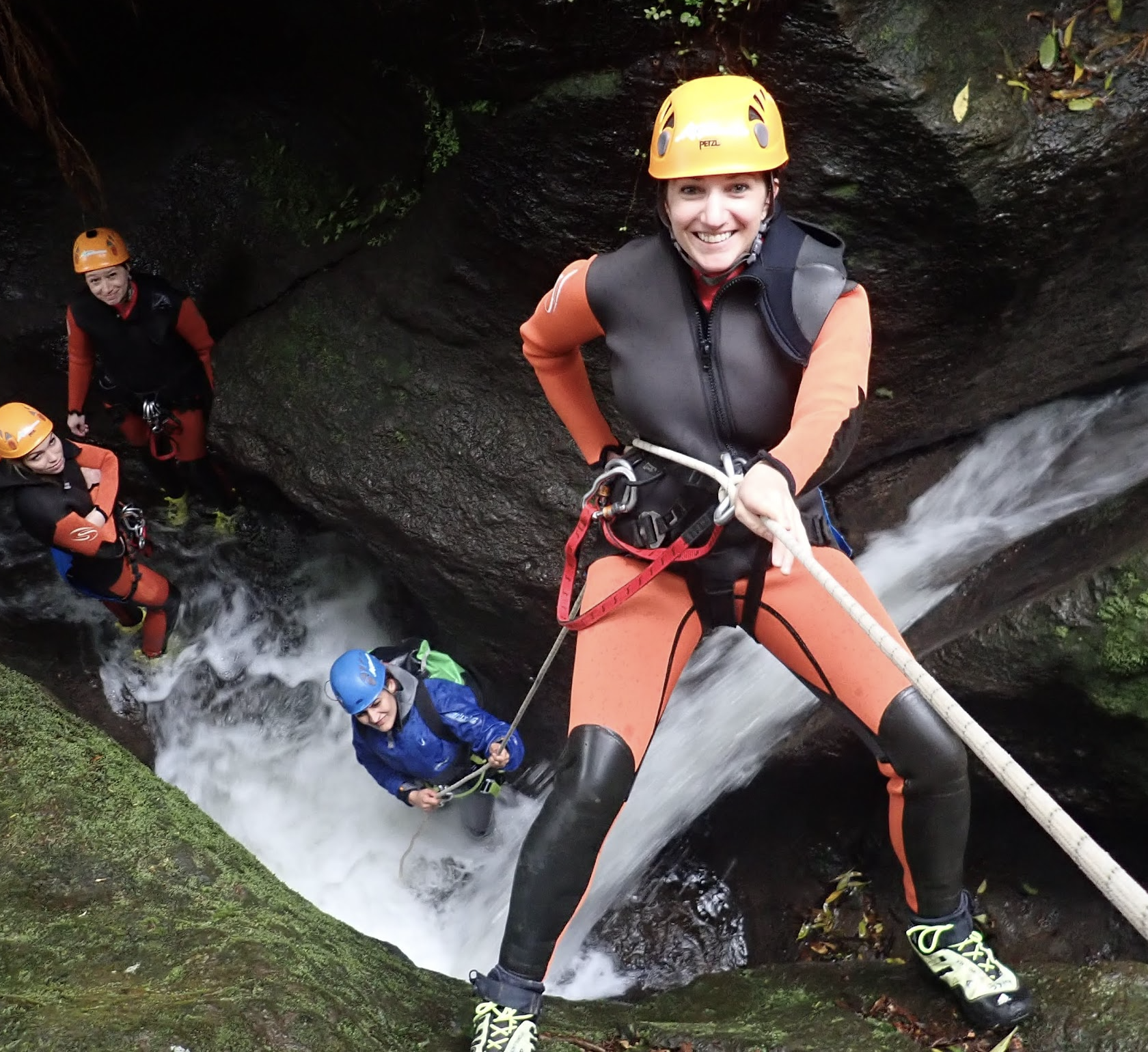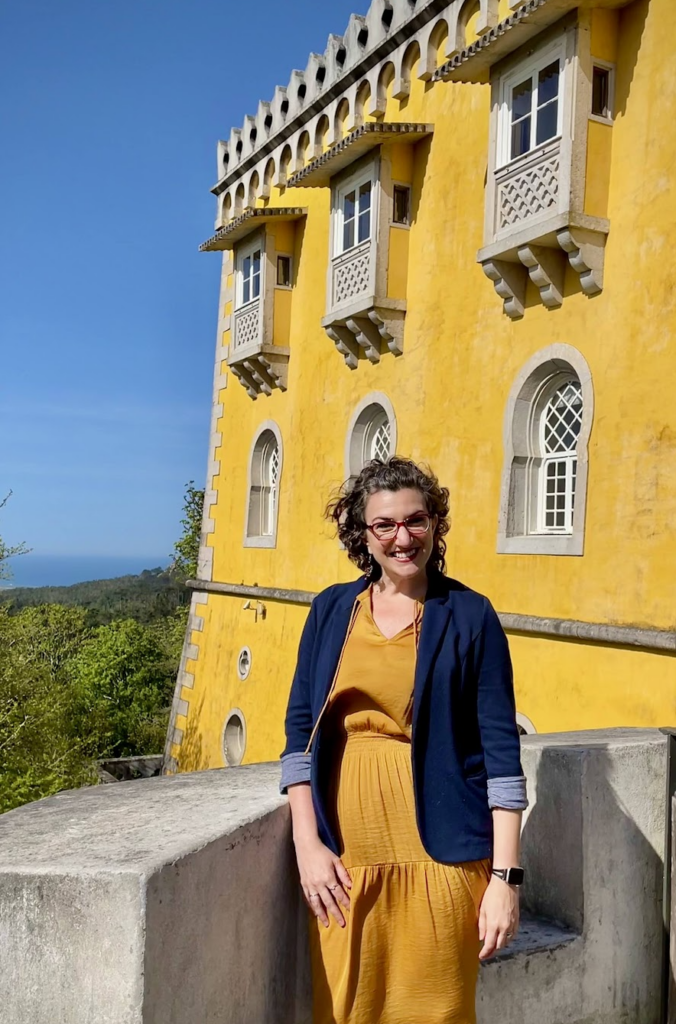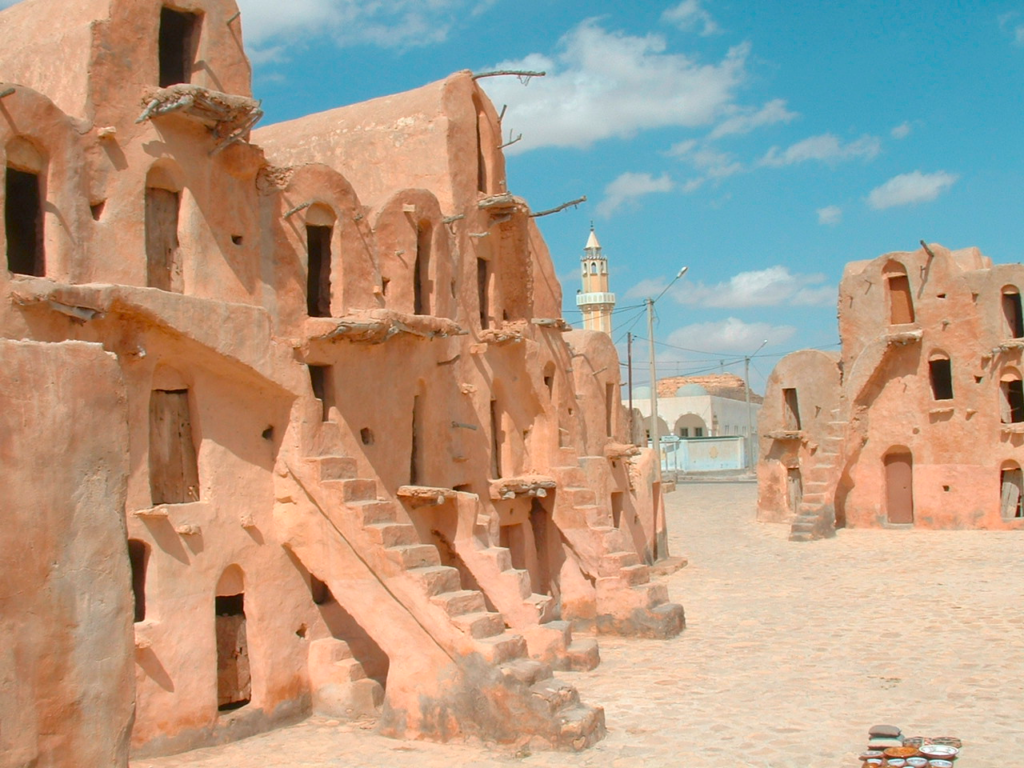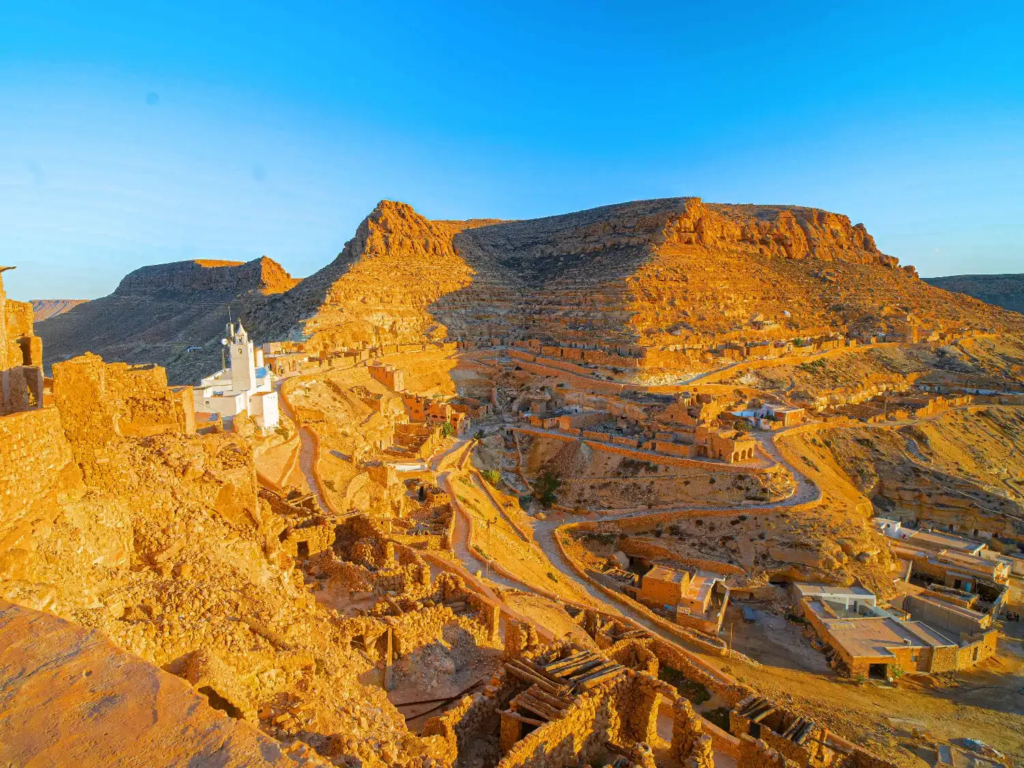Green Investments in Tourism: Unlocking Opportunities and Experiences for Sustainable Growth (World Tourism Day 2023)

Environmentally friendly investments have been a hot topic of discussion in recent years, and now they get to live in the limelight thanks to World Tourism Day 2023. This day, on the 27th of September each year, has been created by the UN to highlight the increasing importance tourism brings to economic development worldwide. Many corporations and entities across all industries, from oil to travel, are now forced to consider other sustainable alternatives. These alternatives look different for each company and industry. In the travel industry, green investments look to accomplish six objectives from the hotel’s perspective, according to the UNWTO:
- Boost profit margins through utility savings. In some cases, utilities can cost upwards of 20% of a hotel’s operating cost.
- Increase revenue by satisfying consumer preferences and reducing reputational risk. Hotels should focus on hiring exceptional staff that leave a lasting impression on the guest.
- Future-proof investment strategies. Will investments made today still be considered acceptable in future revaluations?
- Safeguard against regulatory risk and benefit from incentives.
- Increase value and validation through certification. Companies should be flocking to popular sites used by tourists, like Trip Advisor and Expedia, so customers can leave their positive reviews, which will be done with the right level of service.
- Ensure a long-term energy supply. Hotels need to ensure that the flow of customers seen now is sustainable in various economic, environmental, and social conditions.
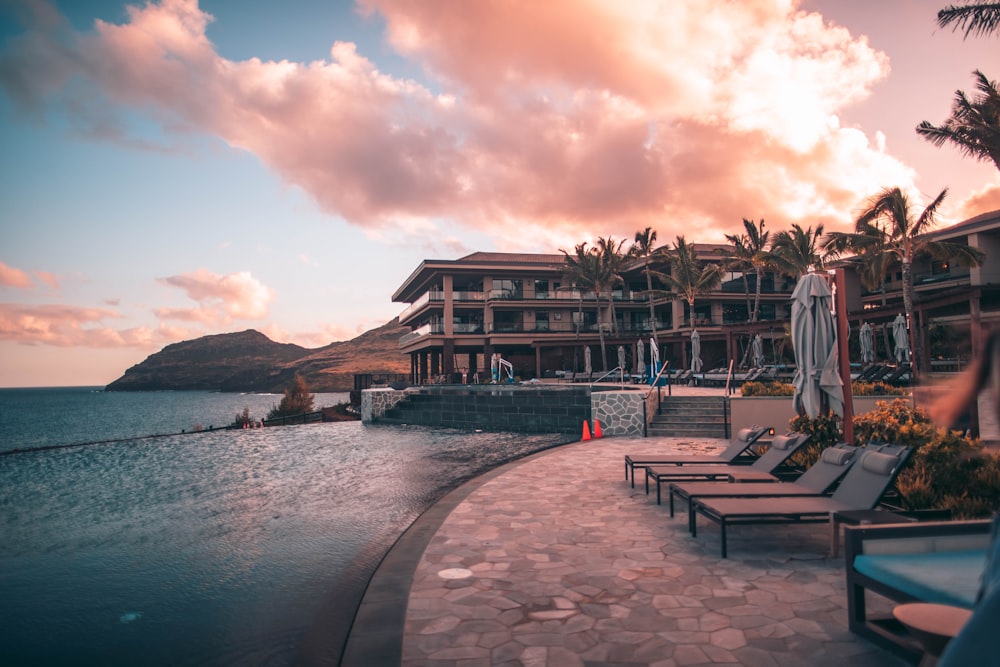
For people working in influential roles within the tourism industry, there is no better time than now to start adopting sustainable investments and initiatives. As we have transitioned into a post-pandemic world, travelers have been exploring more sustainable vacation options than they had before the pandemic. A 2022 Booking.com survey claimed 61% of respondents revealed that they wanted to reconsider how they traveled and were trying to be more conscious of their environmental impact due to travel. This is a massive potential market for emerging destinations around and over-visited cities alike. Tourists want to feel more connected to the places they visit and immerse themselves in local and sustainable experiences like they have never seen before.
A prime example of work being done in already popular tourist destinations is in the Caribbean. According to the UN, a clean and effective transition to a more sustainable future would increase jobs by 10.5% by 2030. A crucial part of creating and improving more sustainable experiences is ensuring local community members are involved in the decision-making process and providing insight. This is another main topic of World Tourism Day this year. When entities, be they from the public or private sector, choose to invest in local communities, it becomes a virtuous cycle between the locals and the visitors. One of Solimar International’s projects in the Caribbean did just that. The climate-smart islands project ran from November 2017 to December 2018 and focused on islands of three Caribbean nations: Trinidad & Tobago, the Bahamas, and Belize. One of the main activities was to involve locals and their knowledge about how climate mitigation and adaptation efforts could be achieved in practice.

World Tourism Day 2023
World Tourism Day 2023 presented by the UNWTO (United Nations World Tourism Organization) is highlighting green investments in tourism this year. They have decided to center this day in accordance with the UN’s sustainable development goals (SDG’s) with an emphasis on female leadership and entrepreneurship. They are also focusing on a variety of issues, including “how to promote ease of doing business, how to better develop investment policies and how to embrace new innovative financial mechanisms and solutions to address emerging and complex challenges,” and “how to close the financing gender gap and accelerate access to capital in both domestic and international markets for women entrepreneurs.” Promoting and uplifting female voices in the tourism industry is crucial. According to the UNWTO, women constitute 54% of workers and employees compared to just 39% in the global workforce. When we take action and strongly consider women’s voices and input, everyone benefits. The world has seen tremendous economic development and poverty reduction under female entrepreneurship, demonstrating why global leadership needs to continue uplifting them.
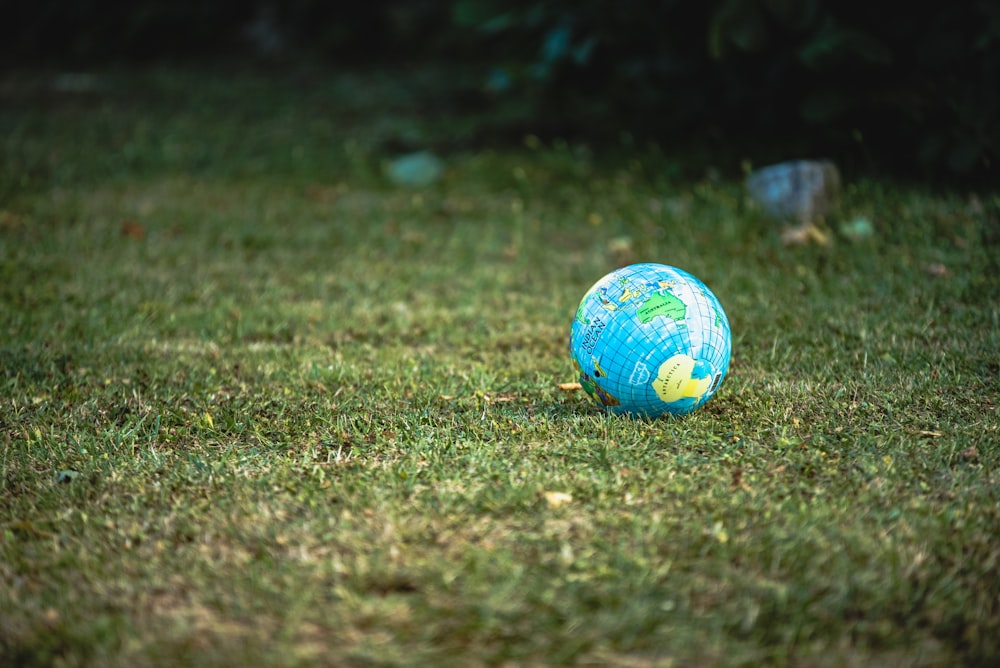
World Tourism Day exists for many reasons, a couple of which, according to National Today, are to ensure that travel is accessible to everyone, especially those with disabilities and people from low-income backgrounds. Promoting world travel is incredibly important for many reasons, mainly because it provides many opportunities for sustainable economic development if done correctly. Hotels are currently responsible for 1% of global emissions (and rising) and are prominent energy and water consumers.
The Role of Community-Based Tourism
Community-based tourism is one of the best ways to go about green investments in the industry–perhaps the best. This model of tourism allows visitors to truly immerse themselves in new cultures. Knowledgeable community members serving as guides are key in this process. Kyrgyzstan has one of the world’s most robust and developed community-based tourism schemes. Many of the excursions are designed to show nomadic Kyrgyz life all over the country.

Much of the cost of these excursions goes directly into the pockets of the guides and community, promising the customer that their money is being put to good use. With significant and continued investments from the public and private sectors, community-based tourism will have tremendous effects.
Overall, the path to investing green in tourism may seem straightforward, but it is easier said than done. In reality, everyone needs to be hands-on and involved constantly because that is the nature of these investments. They will require much more work than simply putting money into a lavish beach resort, but the return on green investments will create a lasting legacy for the people, the planet, and the visitors to a destination. World Tourism Day serves to raise awareness of the importance of tourism around the globe. It is a reminder that while it is easier said than done to put sustainability over short or medium-run profits, green investments, if done well, will prevail.
Interested in learning more about Solimar’s green initiatives? Read more about us here!
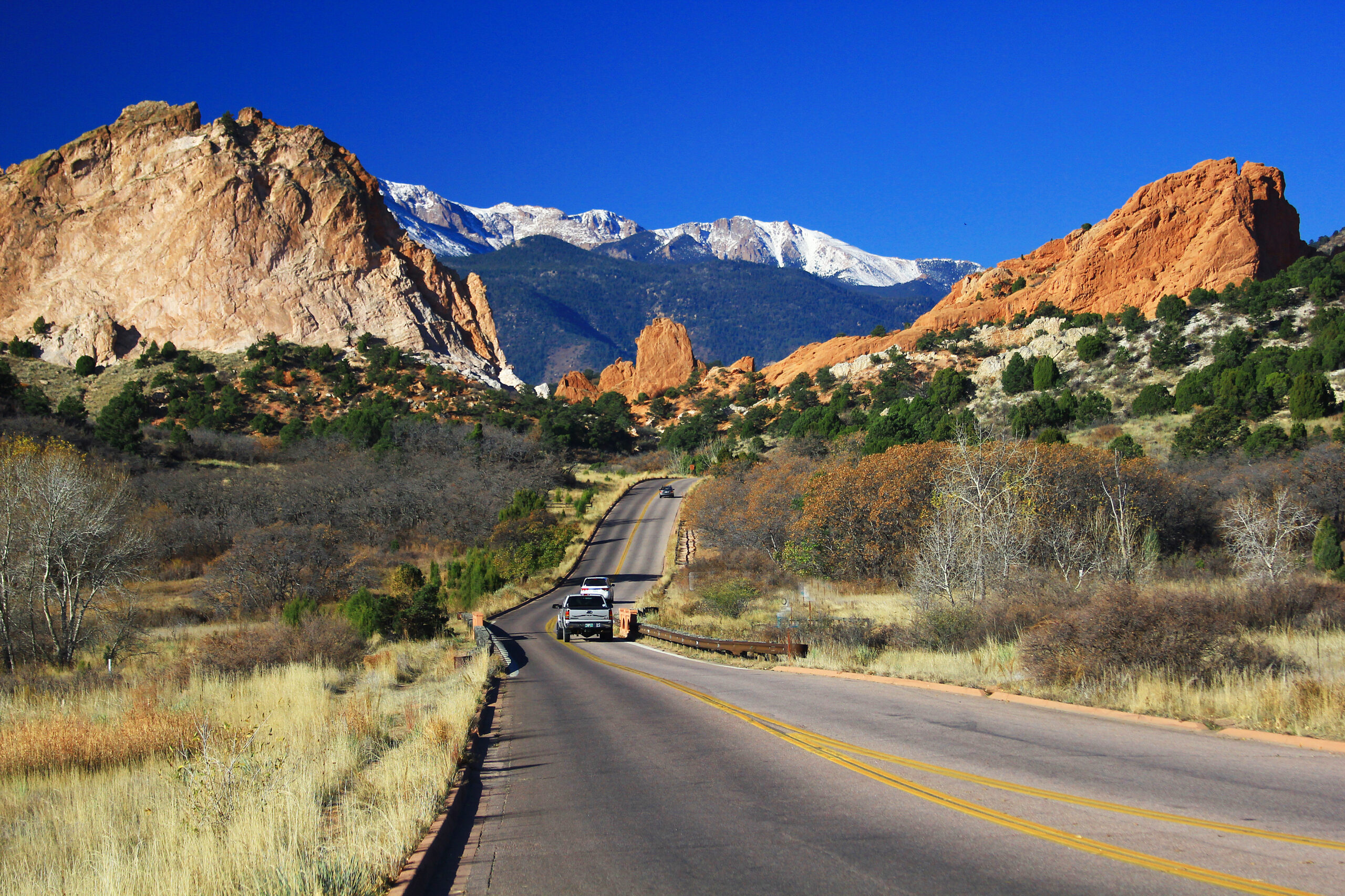

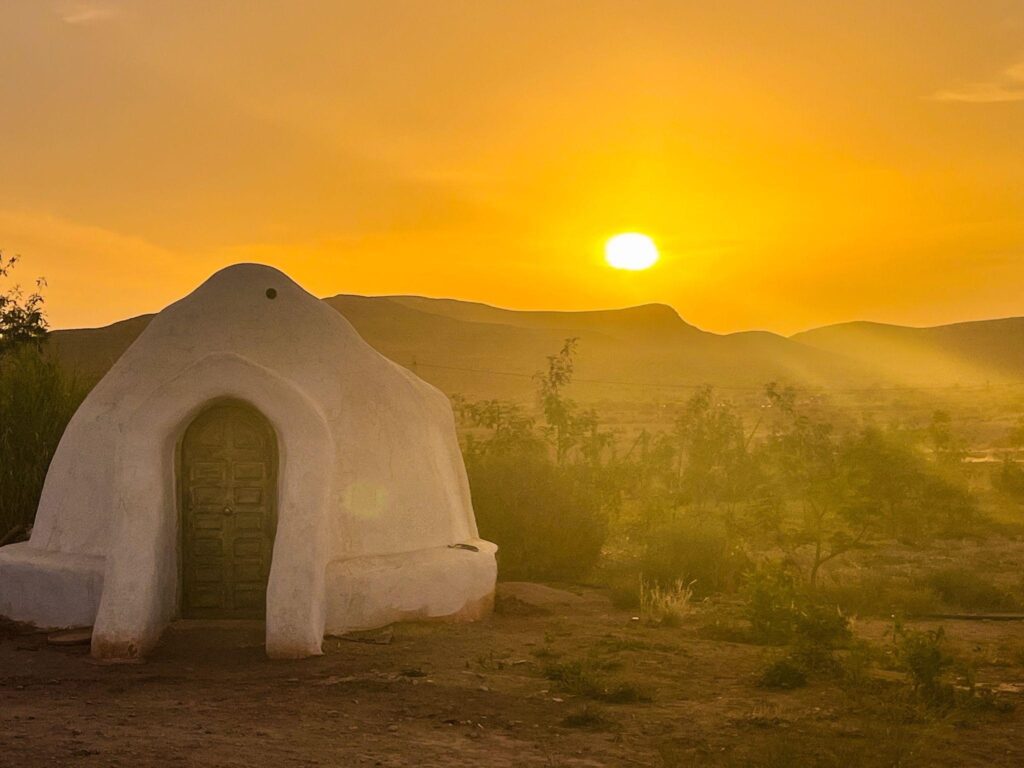
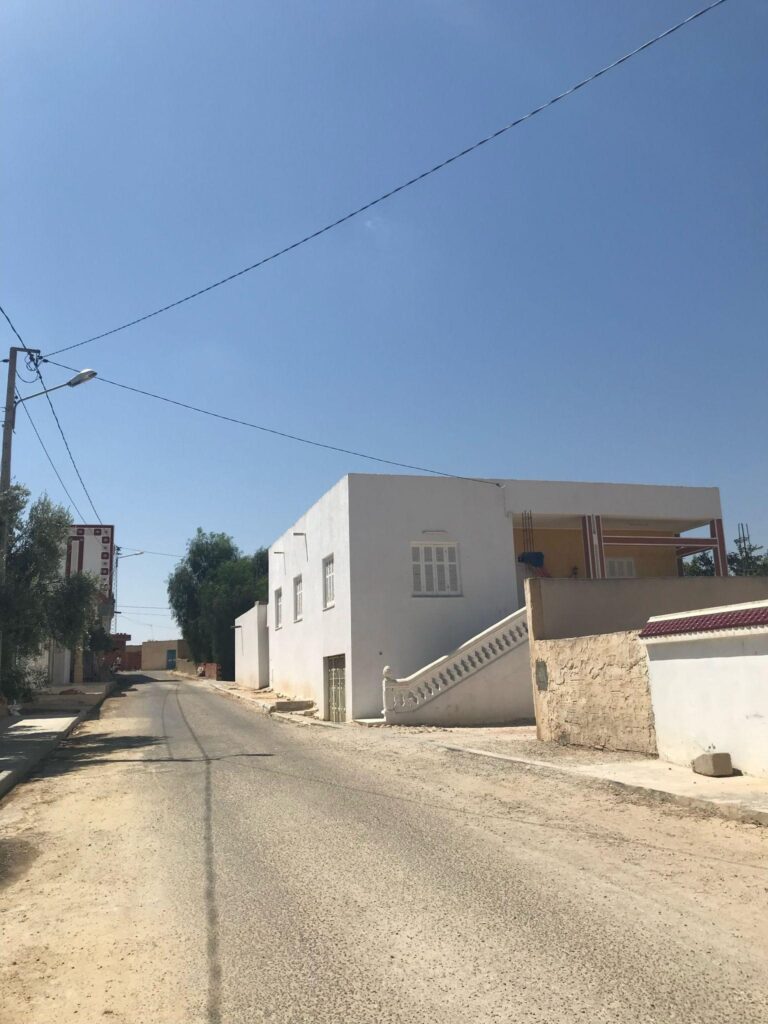
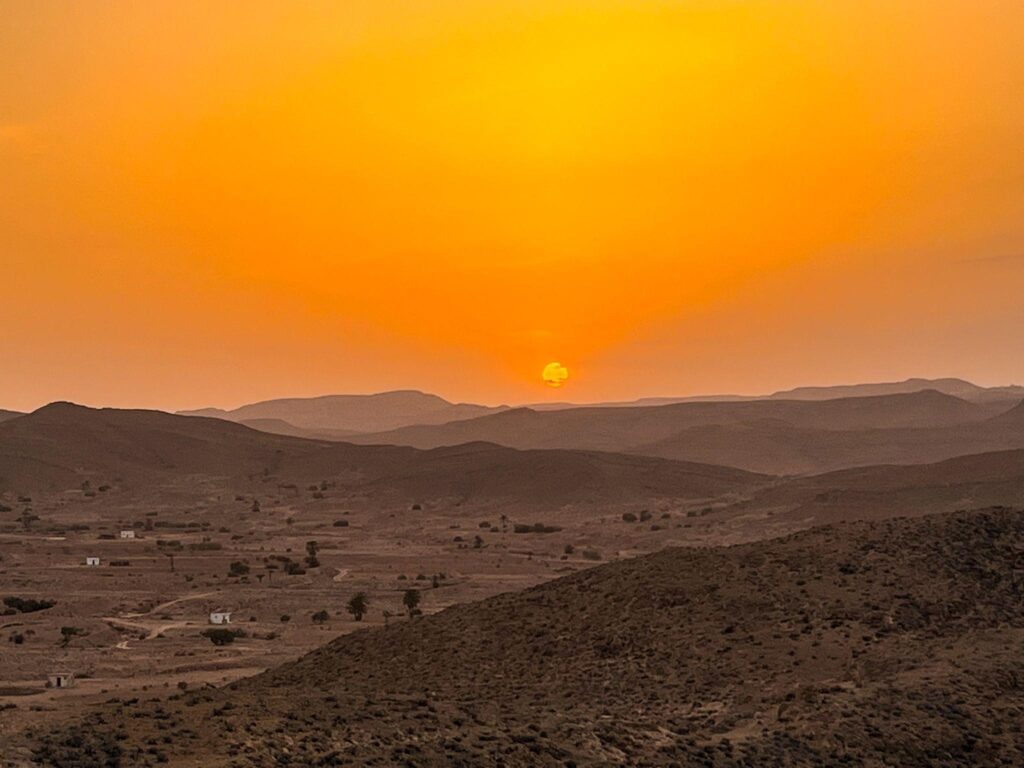
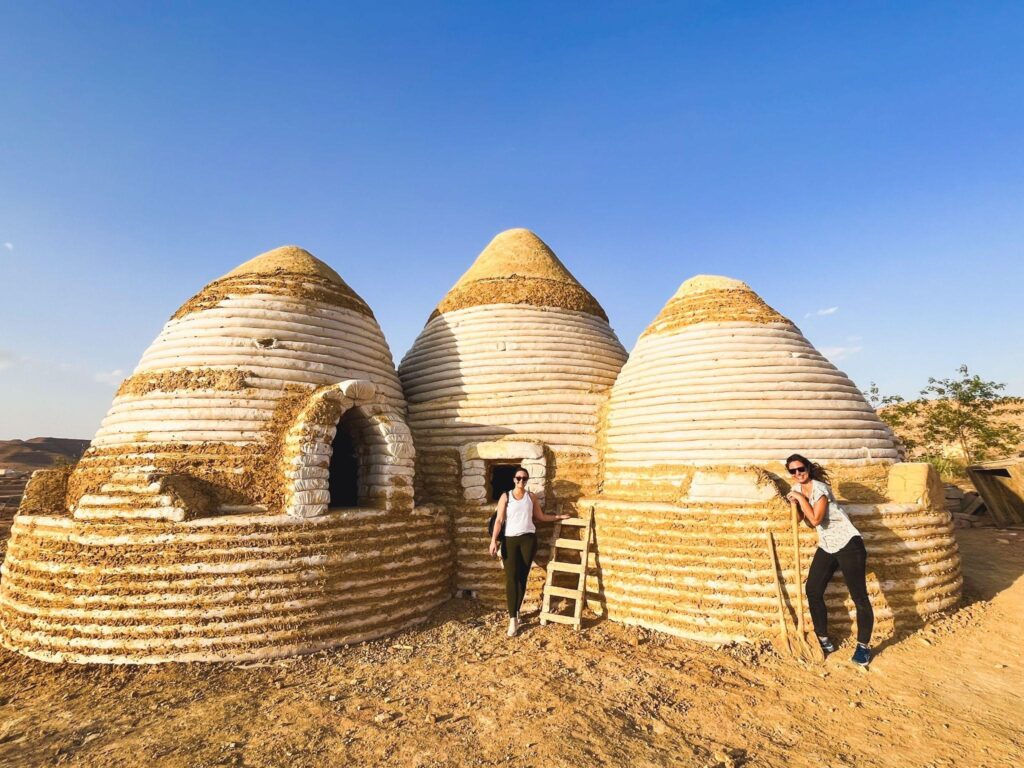
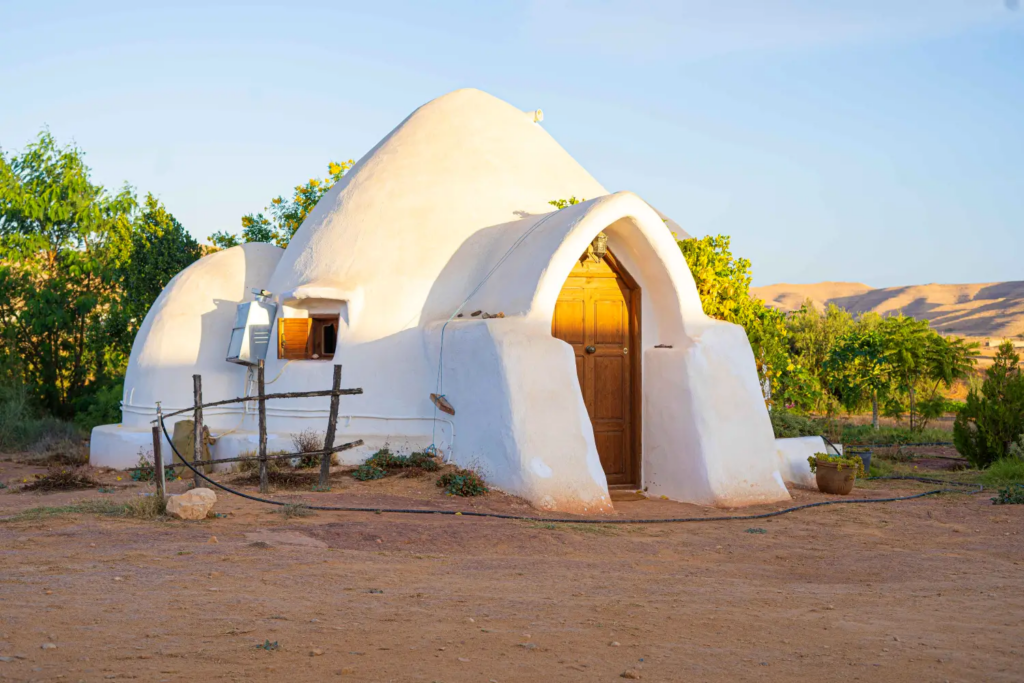
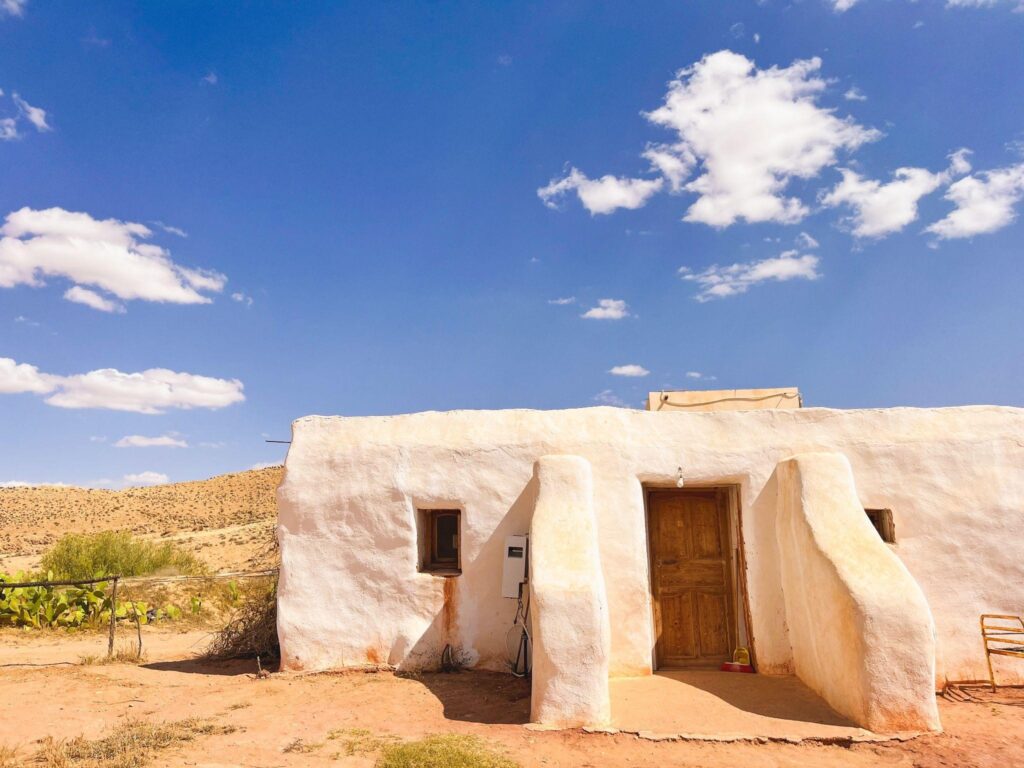
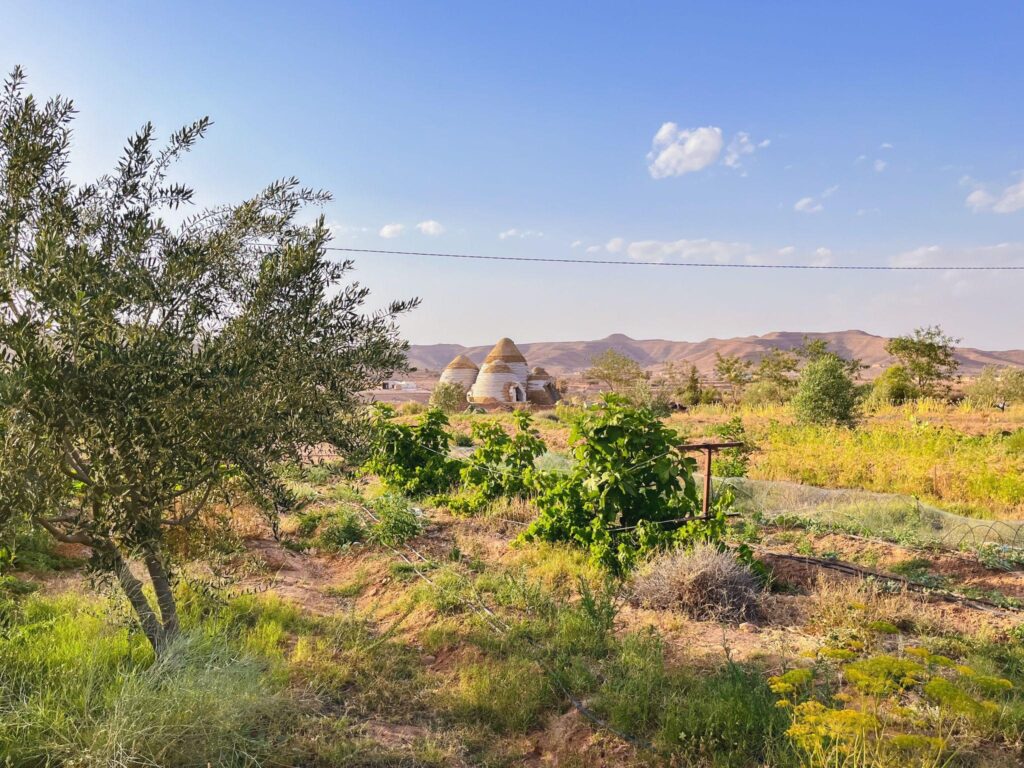
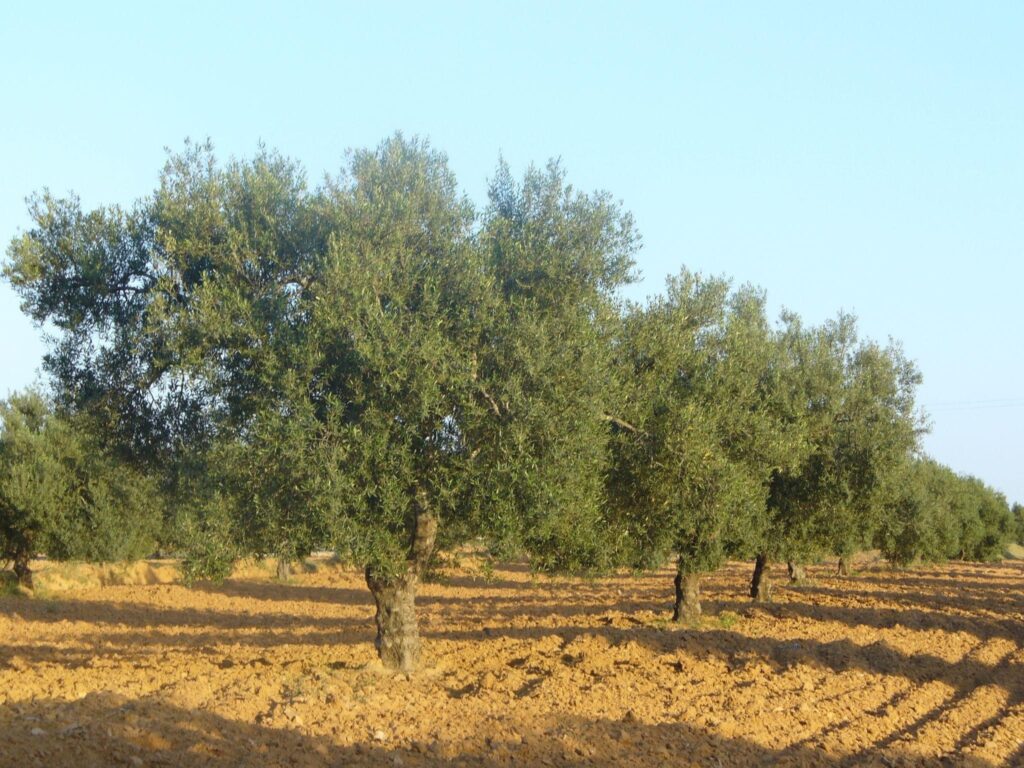
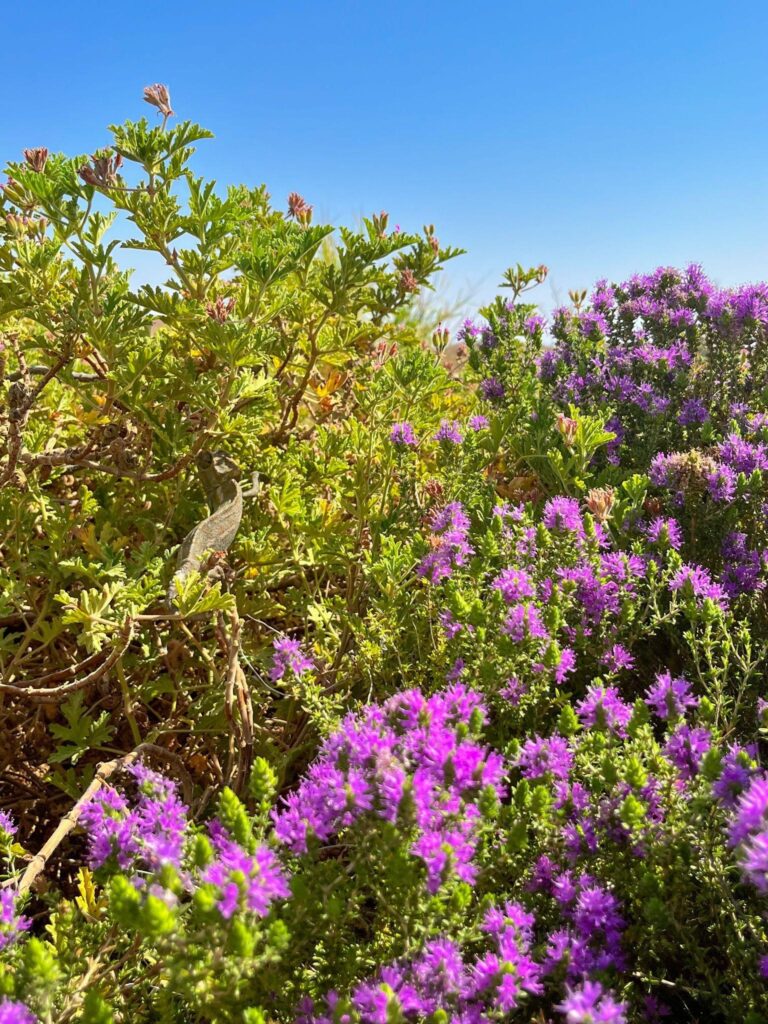

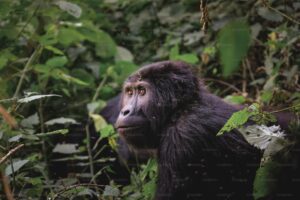
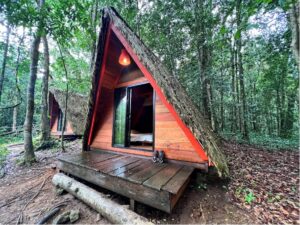
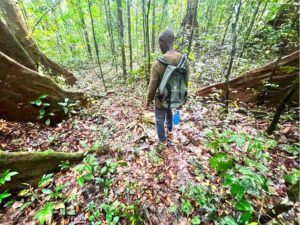
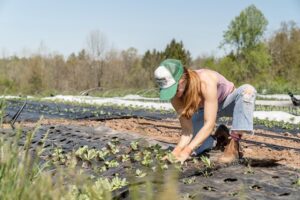
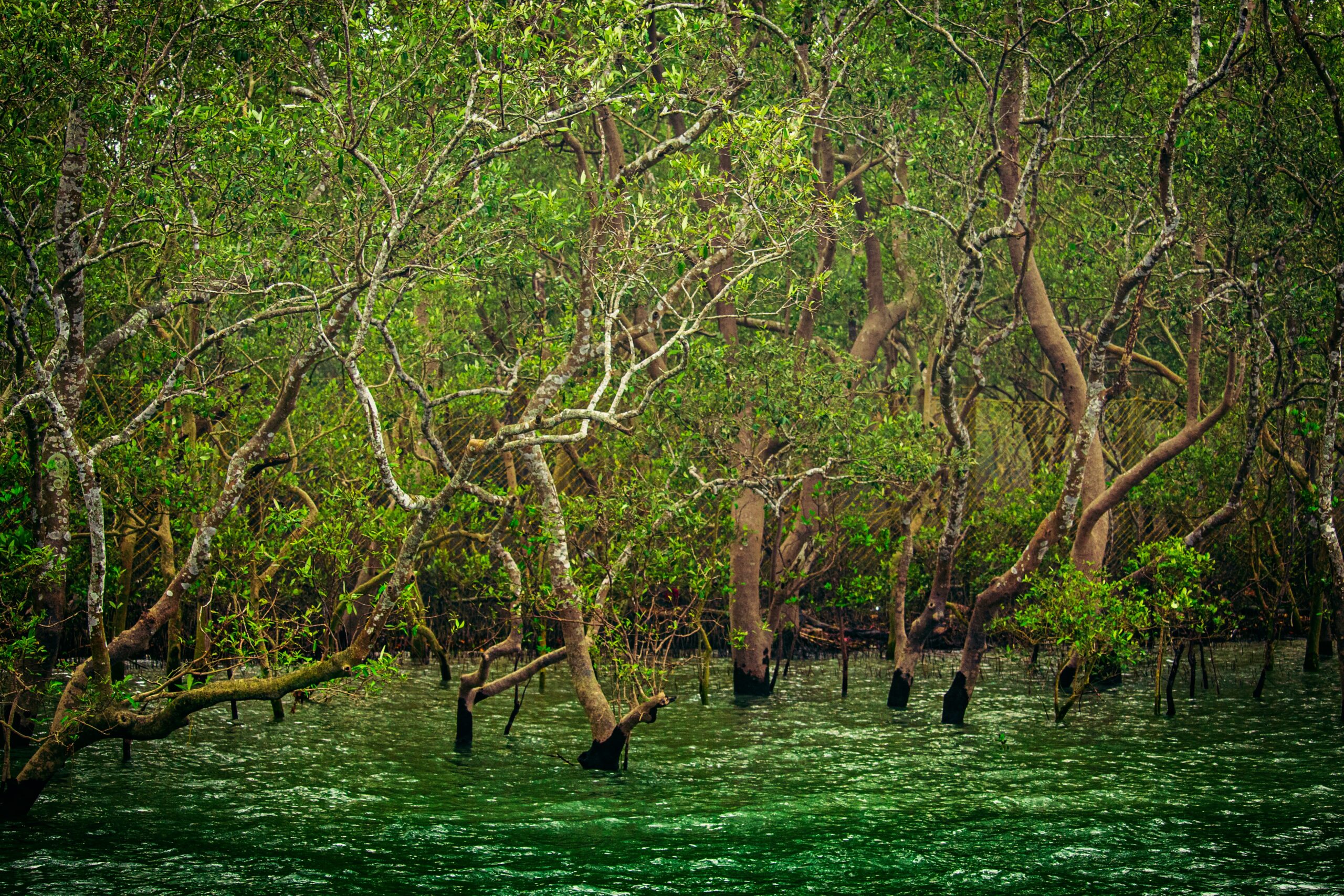
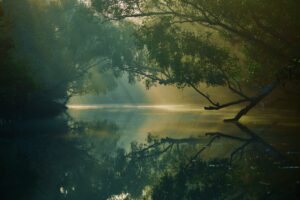 the world’s largest mangrove forest, and I became hooked on the idea of getting involved in their project. Throughout my course in food security, I developed a fascination with mangroves and how they can support food security in the world’s vulnerable coastal areas. I then got connected with one of Solimar’s project partners, the
the world’s largest mangrove forest, and I became hooked on the idea of getting involved in their project. Throughout my course in food security, I developed a fascination with mangroves and how they can support food security in the world’s vulnerable coastal areas. I then got connected with one of Solimar’s project partners, the 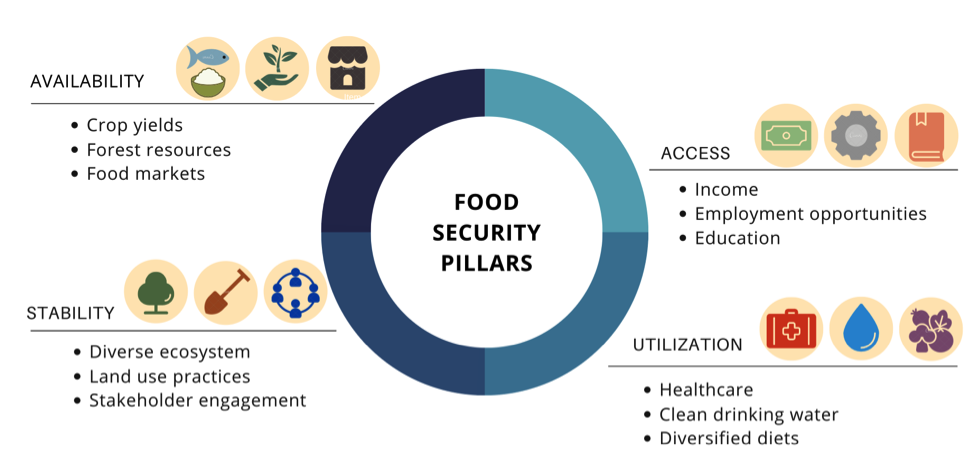
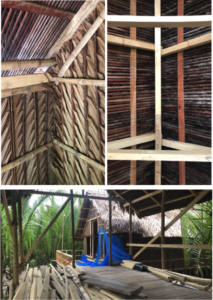
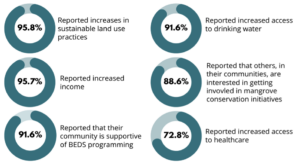
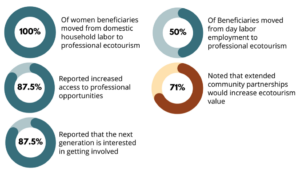
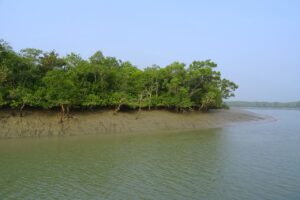 astal part of the country, is certain to increase regional tourist traffic. Unrestricted tourism could be
astal part of the country, is certain to increase regional tourist traffic. Unrestricted tourism could be 